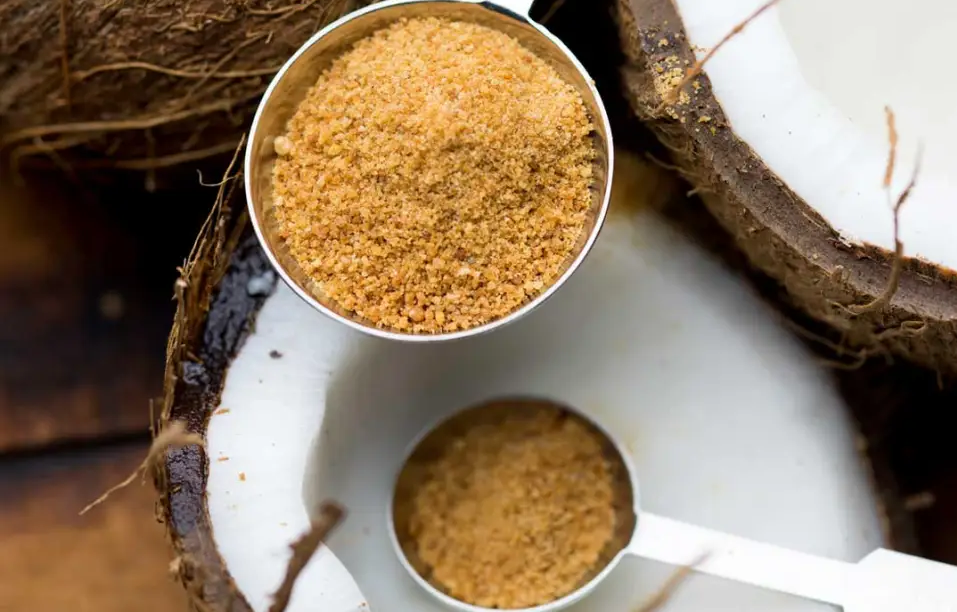Buddha’s hand fruit, also known as fingered citron, is a unique and exotic citrus fruit characterized by its finger-like segments. It is named for its resemblance to the open hand gesture often depicted in Buddhist art. While Buddha’s hand fruit is not commonly eaten as a whole due to its lack of flesh and intense citrus flavor, it is highly valued for its aromatic zest and has several culinary uses:
- Zest:
- The most common culinary use of Buddha’s hand is its zest. The fragrant peel is rich in essential oils, and its intense citrus aroma can be used to flavor a variety of dishes and beverages.
- Candied Peel:
- The peel of Buddha’s hand can be candied to create a sweet and aromatic treat. It’s often used as a garnish for desserts, cakes, or enjoyed on its own as a unique and flavorful snack.
- Infused Spirits:
- The aromatic zest of Buddha’s hand is popular for infusing spirits such as vodka or gin. This creates a citrus-infused liquor that can be used in cocktails or enjoyed on its own.
- Flavoring:
- Aromatherapy:
- The essential oils in Buddha’s hand have a strong, pleasant fragrance. Some people use it as a natural air freshener or incorporate it into potpourri for its aromatic properties.
- Decorative Use:
- Due to its unique appearance, Buddha’s hand is often used as a decorative element in homes or as an eye-catching centerpiece in fruit bowls.
- Tea Infusion:
- Some people use thin slices of Buddha’s hand to infuse hot water for a fragrant and refreshing citrus tea.
- Jams and Preserves:
- The zest or the entire fruit can be used to make jams or preserves, adding a unique citrus flavor to spreads.
While Buddha’s hand is not typically consumed in large quantities, it adds a burst of citrus flavor and fragrance to dishes and drinks. It’s important to note that, as with any food, individual preferences may vary. Additionally, Buddha’s hand is rich in essential oils, so it’s advisable to use it sparingly, especially in recipes that call for the zest.
Experimenting with Buddha’s hand in your culinary creations can add a unique and exotic twist to your dishes and beverages. If you’re unsure how to use it, consider starting with small amounts to get a sense of its flavor intensity.








